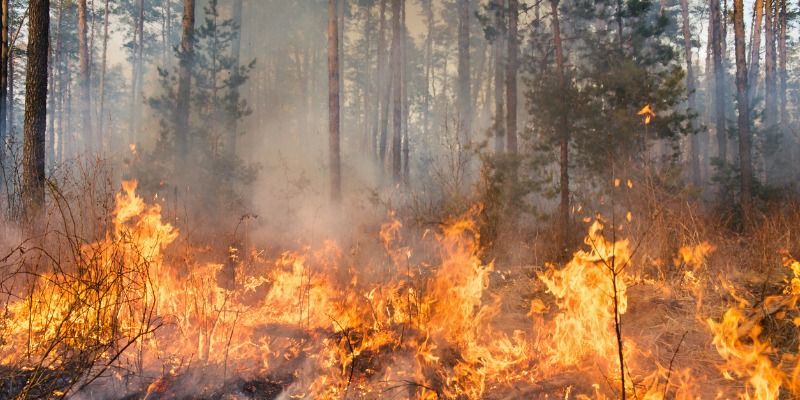Gord Miller couldn't even get the Healthy Pesticide Free Lawns with Composting right, now hes an expert on Neonicotinoids.
Weeds Taking over your Lawn? Try Compost (part 1 of 3)
Compost and the Soil Food Web (part 2 of 3)
TrackBack : Gord Miller Says Vacuum Chinch Bugs up off the Lawn
ANTONELLA ARTUSO TUESDAY, OCTOBER 07, 2014 12:48 PM EDT
TORONTO – Bee-killing pesticides used for Ontario crops pose a massive threat to the province’s environment — bigger even than the infamous and banned DDT, Ontario environmental commissioner Gord Miller says.
“All the science is not done, but everything I have before me … suggests to me as an ecologist that this is the biggest threat to the structure and ecological integrity of the ecosystem that I have encountered in my life. Bigger than DDT,” Miller said Tuesday, following the release of his annual report.
Miller likened bees to the proverbial ‘canary in the coal mine’ because the pollinators are dying off in unprecedented numbers.
DDT is a type of insecticide that began to be banned in the 1970s after it was discovered that it posed a significant hazard to wildlife and the environment.
A relatively new class of pesticides known as neonicotinoids, used extensively in corn and soybean seeds, is the suspected culprit in the bee die-off.
Ontario beekeeper David Schuit, who is calling for an outright ban on neonicotinoids, said he has lost one hundred million bees since 2012 and will be forced out of business.
“One seed of treated corn is enough to kill one entire hive,” he said. “There’s over 32,000 seeds per acre.”
The bees that don’t die are paralyzed or confused, causing queens at times to lay eggs outside the hive in the grass, Schuit said.
“Pollinators feed cities, then comes farmers,” he said.
Most fruits and vegetable crops in the province depend on pollinators like honey bees.
Ontario Environment Minister Glen Murray said his ministry is looking at the use of neonicotinoids, but it’s too late to make changes for next year’s crop.
“It is an issue that has caused me great concern — it is much more toxic than DDT,” Murray said.
The majority of the pesticide seeps from the saturated seed into the soil, and it stays in the environment for years, he said.
Initial studies out of the United States show it has a negative impact not only on beehives but also on wild bees, birds, soil health, frogs and other aquatic life, Murray said.
According to the Ministry of Agriculture, Food and Rural Affairs, neonicotinoids were first registered on corn in 2001.
Now, the pesticides are found in 99% of the corn crop, 65% of soybeans, 25-33% of cereals, 95% of dry beans and 100% of canola where they help control risks like wireworm, grubs, corn rootworm and con flea beetles.
The Ontario Federation of Agriculture (OFA) says farmers rely on bees and pollinators, and the growing mortality rate is “troubling” but more work needs to be done on this issue.
“For generations, the development and overwhelming success of Ontario’s agricultural industry has relied on science and technology. What we need once again is a sustainable solution, built on sound science and applied by everyone in the agriculture industry,” the OFA said on in a statement.
Miller said the neonicotinoids have only been in broad use in Ontario over the past decade and he has not noticed a massive increase in crop yields.
There are other low-impact tools available to farmers to control insects, and pesticides should only be used as a very last resort, he said.
“Every corn seed I’m told in Ontario now is treated with this (pesticide) in advance, anticipating insect damage which doesn’t seem to occur all the time,” Miller noted.
via Bee-killing pesticides bigger threat than DDT: Ontario enviro commish | Ontario.
![]()




